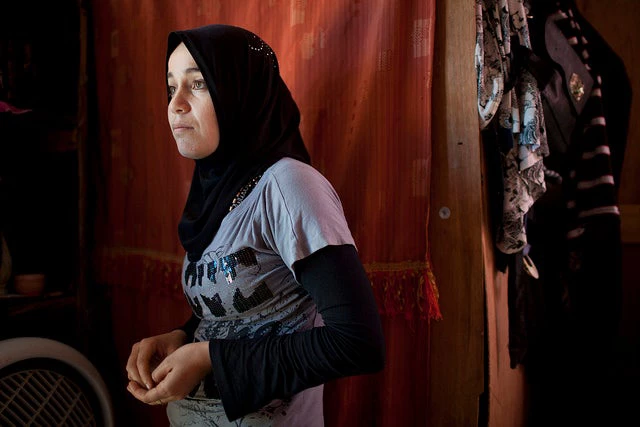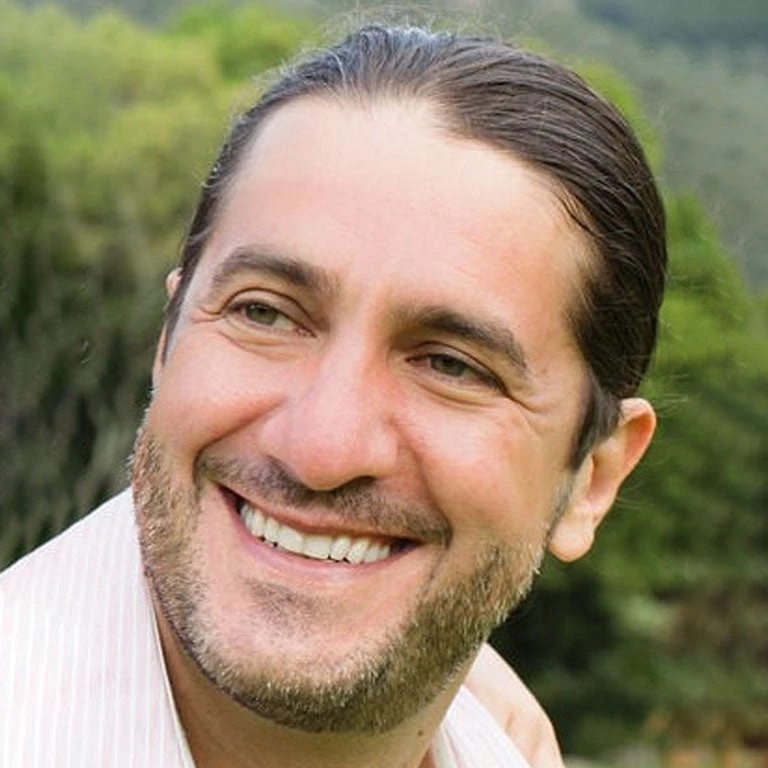
This blog originally appeared on the Huffington Post blog.
The bloody civil wars that wracked Sierra Leone and Liberia in the 1990s did more than kill hundreds of thousands over the course of a decade. They also decimated the health systems of both countries, setting the stage for the rapid spread of Ebola and threatening global health security.
These countries are not unique. Over 2 billion people, and a growing share of the world's poor, live in the 35 countries considered fragile or conflict states in 2016. And whether we are talking about pandemics, war, or prolonged occupation, these conditions devastate health systems and have lasting impacts on the physical and mental health of affected populations. As a result, we find some of the poorest health outcomes in fragile contexts with infant and maternal mortality rates multiples of those that in non-fragile countries at similar income levels.
There is a growing recognition that, in order to make meaningful progress towards attaining the Sustainable Development Goals and to eradicate poverty and boost shared prosperity, the development community must make special efforts to reach these settings. Which is why the focus of the Fourth Global Symposium on Health Systems Research in Vancouver -- building resilient and responsive health systems -- is so relevant.
During the course of conflict, the health sector tends to be doubly affected: as demand for health services increases due to the rise of injuries and mental health conditions, supply is disrupted due to targeting of health infrastructure and provider flight. This has been starkly highlighted in Syria where there are only 29 physicians left in Eastern Aleppo which is under siege and is home to a quarter million people. Similarly in Gaza, with an ongoing blockade and three recent wars, there remain four psychiatrists for a population of close to 2 million people.
An increased need necessitates an increased response. Traditionally, humanitarian actors have provided much needed relief in settings affected by conflict and violence. But with the average conflict lasting 17 years and the top ten engagements of humanitarian groups like the Red Cross lasting 35 years, there is an urgent need for humanitarian and development actors to work together and bridge the humanitarian-development divide. This was emphasized at the World Humanitarian Summit in Istanbul in May 2016 where over 35 humanitarian and development agencies signed onto the "Grand Bargain" where they pledged to "collaboratively work across institutional boundaries on the basis of comparative advantage".
So what is the comparative advantage of development actors?
Agencies like the World Bank Group can help finance work in fragility: providing multiyear grants to humanitarian agencies that allow for long- term planning; crowding in new players such as the private sector to help fund interventions in the humanitarian health space; and developing innovative health financing instruments such as development impact bonds for conflict or a global insurance mechanism for pandemics.
Through their neutral convening platforms, development agencies can also bring together multiple stakeholders to develop a medium to long term vision for the health sector and share islands of innovation.
Finally, the high level analytic work development agencies conduct can push the frontiers of what can be accomplished in these settings, for example by driving impact evaluations in fragile contexts to create a body of evidence of "what works" or developing cutting edge tools which employ Big Data to analyze the health needs of populations.
One example of such analytic work is the World Bank's programmatic approach to strengthening health service delivery resilience in fragile, conflict, and violence settings. The work, generously funded through the State and Peace Building Fund, tests catalytic pilots in frontier settings and aims to inform how global health efforts can best accelerate progress in fragile contexts and humanitarian crises.
The series of pilots include tools to assess the cost of conflict on the health sector; approaches to build up the health sector in South Sudan; addressing service delivery constraints in ARMM Philippines; health systems strengthening in post pandemic settings such as in the post-Ebola countries of Liberia, Guinea, and Sierra Leone; and approaches to improve emergency care under fragility and conflict in the occupied Palestinian territories. We are privileged to share this work at the 2016 Health Systems Research Symposium, joining over 2,000 leading global health thinkers and practitioners on health systems.
A bridging of the humanitarian-development divide is essential to mitigating the impacts of current crises and reducing the probability of occurrence of future ones. And while the challenges to closing the strategic and institutional gaps between humanitarian and development organizations, securing flexible and long-term financing, and building the technical know-how to work in these settings are considerable, there is increasing commitment towards these goals, with positive and collaborative partnerships centered on innovative thinking that are allowing us to move beyond shock-driven responses towards addressing underlying vulnerabilities and engendering resilience.



Join the Conversation